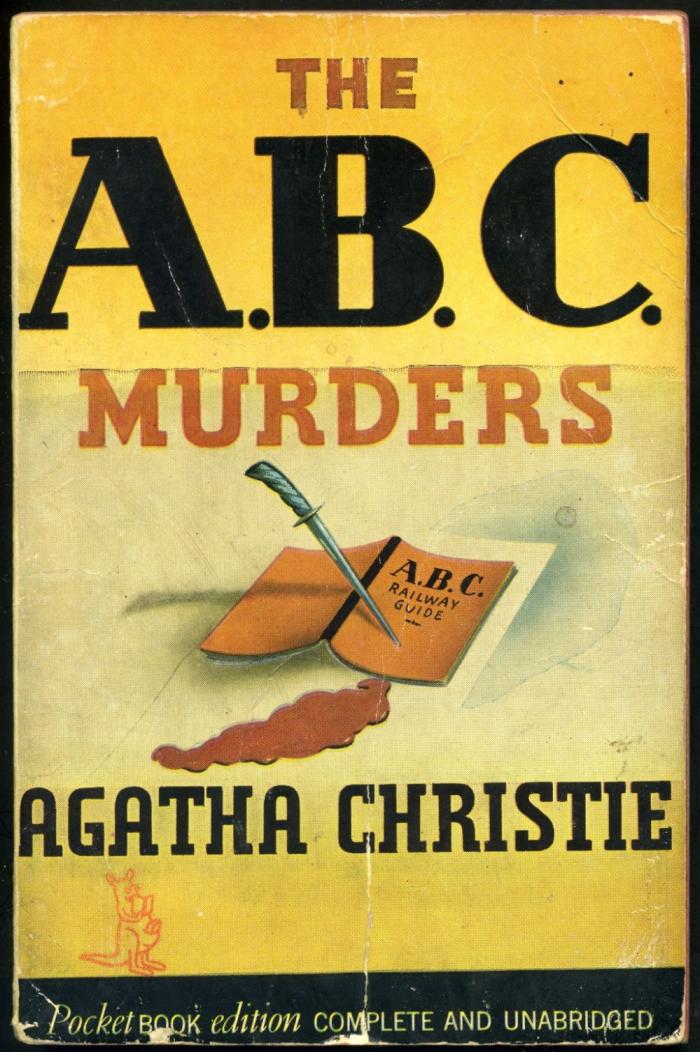
Poirot receives a missive about a crime that is about to be committed, signed A.B.C. The letter details the murder of an Alice Ascher in a town called Andover. She is an elderly lady, running a tobacco shop. Poirot receives two more similar letters, about an Elizabeth “Betty” Barnard at Bexhill and Sir Carmichael Clarke at Churston. In each of the cases, an open ABC railway guide is placed near the body, and in each of the cases, Poirot receives a letter describing the details of the murder, evidently from the murderer.
The police are skeptical of Poirot’s abilities and do not involve Poirot, and ignore is inputs. Poirot forms a group of relatives of the murder victims and conducts a parallel investigation, and identifies that in each case, the murder victim was visited by a door-to-door salesman trying to sell silk stockings.
Poirot gets another letter describing a murder in Doncaster, and the police get a tip-off about a person called “Alexander Bonaparte Cust”, an epileptic war veteran working as a traveling salesman. Because of his blackouts, the police theorize that he must have committed the murders but not have any memory of the same.
How Poirot identifies the actual criminal and motive, and exonerates the innocent “ABC” forms the rest of the story.
Very well written, this is the first book by Christie where Poirot is solving a murder mystery where the stage is not a closed room with a limited number of players, but indeed, is spread across the whole of England. Sort of…
